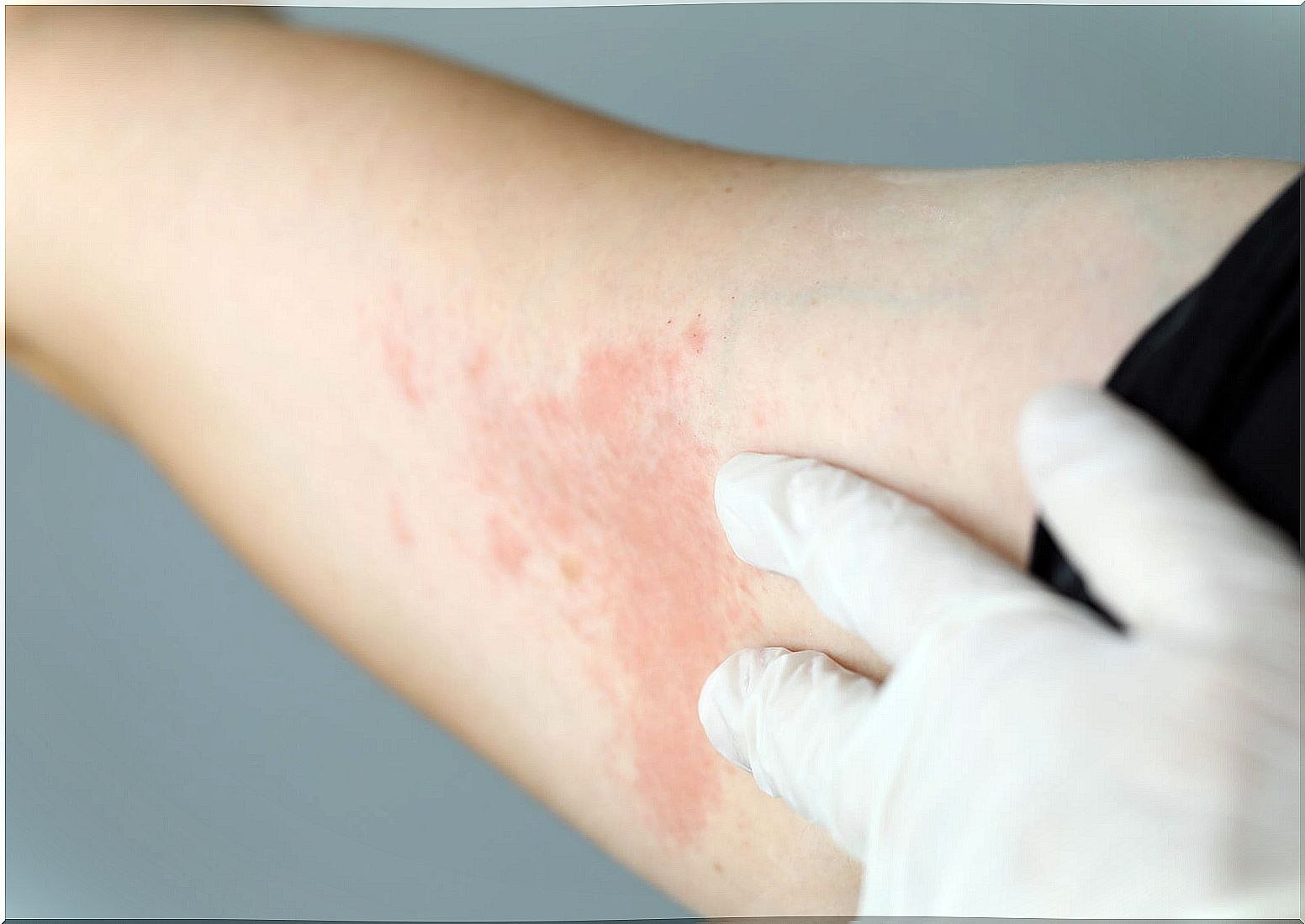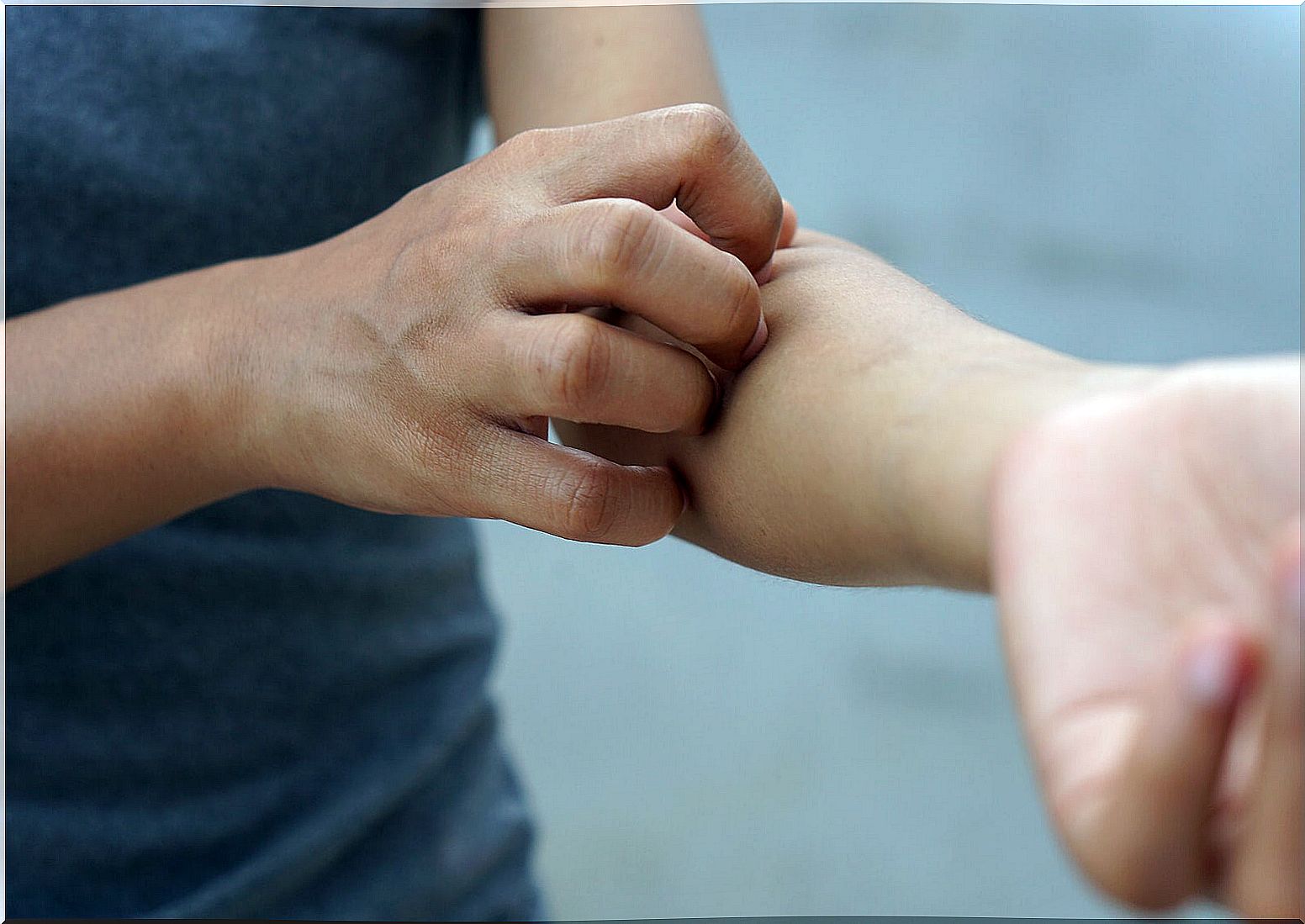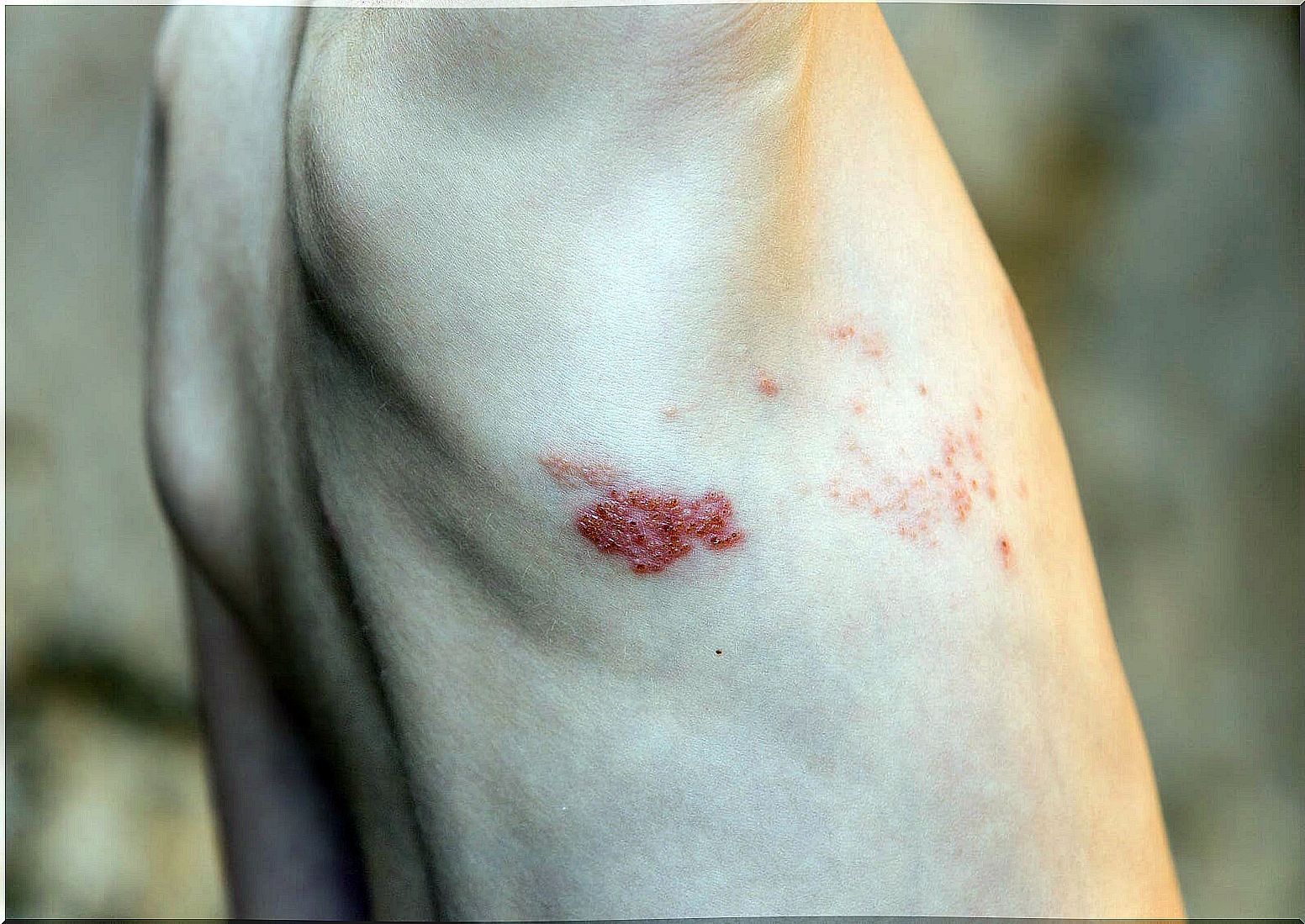Creams For Skin Infections

Bacterial skin infections are fairly common conditions in adults and infants. Creams for skin infections are usually an effective and sufficient treatment for these skin manifestations.
Treatment options can range from local antibiotic agents, such as fusidic acid and mupirocin, to antiseptics, such as alcohol or chlorhexidine.
The structure of healthy skin
The skin fulfills a variety of functions with respect to the body. Some of them are sensation, protection, thermoregulation, metabolic or biochemical and immunological functions.
It is the first line of defense against aggressive and harmful agents in the environment. When the skin is damaged, external microbes can enter or proliferate on the skin surface and cause a skin or soft tissue infection.

Creams for skin infections
Skin infections can be itchy, burning, and sometimes painful. Its manifestations are even varied, according to the causal agent that triggered the infectious picture.
Skin infections are caused by fungi, bacteria, or viruses. However, the most frequent are those of bacterial cause. Thus, there are different types of treatments, one of them is the use of topical medication in gels, creams, ointments or lotions.
Mupirocin
Mupirocin is used only as a topical agent, either as a cream or as an ointment. At present, the main clinical uses of mupirocin are minor staphylococcal skin infections and nasal decolonization of Staphylococcus Aureus .
Mupirocin has a wide range of antibacterial activity covering all staphylococci (including MRSA, i.e. methicillin-resistant Staphylococcus aureus ), most streptococci (with the exception of Streptococcus bovis ), and several Gram negative bacteria:
- Haemophilus influenzae.
- Neisseria gonorrhoeae.
- Neisseria meningitidis.
- Moraxella catarrhalis.
Mupirocin is also used to prevent staphylococcal infections that can develop on the skin.
Fusidic acid for skin infections
Fusidic acid is a steroidal antibiotic derived from a fungus. In fact, one of the distinguishing characteristics of this type of medication is its versatility to be administered orally, intravenously or topically.
The different presentations can even be the following:
- Ointments
- Creams.
- Lotions
- Gel forms.
Like mupirocin, the indications for fusidic acid are for infections of the skin of the superficial layer and for the eradication of the nasal carrier of Staphylococcus Aureus .
It is recommended to apply the cream around 4 times a day in the areas of the infection. In turn, those in ointment remain longer in the affected area compared to the cream.
There is considerable evidence of the generation of resistance by indiscriminate use of fusidic acid in lesions that do not require it or prolonged use.
Neomycin
Neomycin comprises three related chemical groups, neomycin A, neomycin B, and neomycin C. It is used more frequently topically due to its high toxicity when administered systemically.
Topical preparations are in different formulations such as gels, solutions, eye drops, and ear drops.
Neomycin works against staphylococci and most aerobic Gram negative bacteria. However, streptococci and Gram-positive rods are resistant.
According to a review published in The Cochrane , neomycin formulations are less effective than mupirocin and fusidic acid in treating common skin infections, such as impetigo.

Bacitracin
Bacitracin is approved by the Food and Drug Administration (FDA) for use in adults for the treatment of superficial bacterial skin infections. In fact, it is active against Gram positive pathogens, Staphylococcus Aureus and Streptococcus pyogenes .
However, Gram negative bacteria are resistant, although pathogenic Neisseria and Haemophilus Influenzae species are usually susceptible.
Only it used topically for the high systemic toxicity posing (nephrotoxicity and thrombophlebitis). It can even be combined with other antimicrobial agents such as neomycin and polymyxin B.
Combined creams
Another of the therapeutic options for infections on the surface of the skin are the well-known trivalent creams. Consequently, they are named for their composition with an antibacterial, antifungal, and a corticosteroid.
For this reason, they are highly effective in obtaining favorable results. However, they are often considered “miraculous” and used indiscriminately, without knowing the adverse effects of corticosteroids.
Gentamicin
This type of topical antibiotic is used in children older than 12 months and adults in skin infections caused by certain bacteria.
Its most common presentations are in cream and ointment. In addition, like the rest of the antibiotic creams, application of 3 to 4 times a day is indicated.
Creams for skin infections and their indiscriminate use
The widespread and unapologetic use of topical creams, mostly fusidic acid and mupirocin, has been contributing to the emergence of bacterial resistance. Some antiseptics can be used as an alternative to the indiscriminate use of antimicrobial agents. However, robust data on clinical efficacy are not known with certainty.










